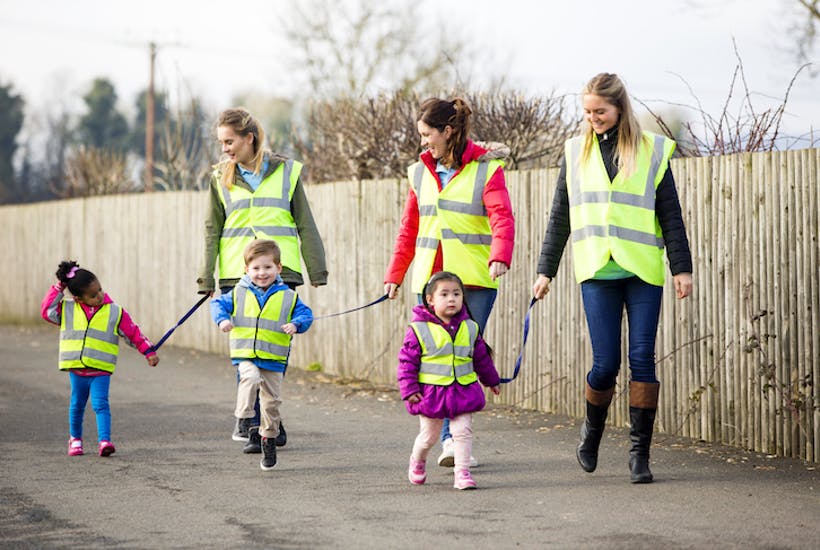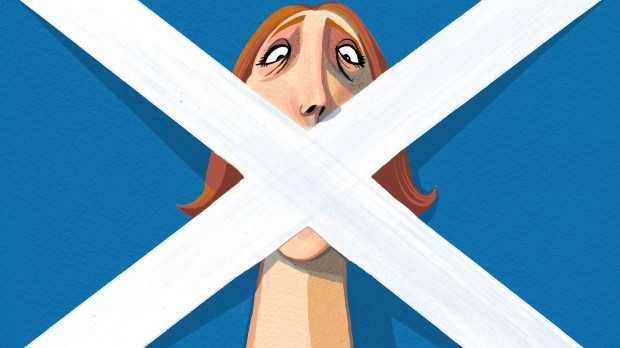We all know about helicopter parents and how terrible they can be. In New York, where I live, a mother sued her child’s $19,000-a-year nursery because her four-year-old was spending too much time playing with two-year-olds, thus ruining her chances of one day getting into an Ivy League university.
Huge story, but I suppose I can’t talk, since I’m the gal who let her nine-year-old take the subway alone and got dubbed ‘America’s Worst Mom’. Still, the other mom’s shame came from not believing her kid would be fine. She didn’t realise that mixed-age play is the greatest thing for kids since the invention of the sippy cup. For her daughter, lording it over those two-year-olds could have taught her how to rule the world.
In general, though, hounding parents for desperately trying to do the best for their kids is pointless. They have very little choice. Ours is a culture that almost insists adults supervise their children 24/7. Several American parents have been arrested for letting their kids go outside on their own. Once it became no longer the norm to let kids be unsupervised, we entered a vicious cycle. Parents helicopter in part because it’s hard — and sometimes illegal — not to.
Even if you’re a mum or dad who wants your kids to walk to school on their own, or play outside till dusk, the chances are they won’t have anyone to walk or play with. In 1971, 80 per cent of eight-year-olds walked to school alone in Britain. By 2006, it was down to 12 per cent of seven- to ten-year-olds.
If we were living in the end times, such hyper-supervision might make sense. But this is the safest era in human history. Britain had a slight uptick in violent crime this year — but it came after a 33-year low. So most of today’s parents were playing outside when it was more dangerous than it is today.
When we keep our kids constantly supervised by an adult, we think we are keeping them safe. But in fact we are doing the opposite. Kids need some independence — and even a little risk.
A study on risky play published in Evolutionary Psychology found that kids ‘dose’ themselves with the level of risk they can handle. The thrill they feel when climbing ever higher on the monkey bars, for example, is their reward for being brave. The more they tiptoe to the edge of their comfort level, the braver they become. Facing your fears has what psychologists call an ‘anti-phobic effect’.
Children deprived of these opportunities can end up more anxious. They haven’t been able to build up their bravery, organise their own games or solve their own spats. They have never got lost and had to find their way home, scared and then triumphant. Their coping skills are stunted.
That could be why today’s students are having a harder time than earlier generations at getting along on their own. From 2011 to 2016, the number of undergraduates in America reporting ‘overwhelming anxiety’ jumped from 50 to 62 per cent. Having been protected from so many risks and discomforts, children remain hypersensitive to them on the cusp of adulthood. Hence, perhaps, the demand for ‘safe spaces’. It’s not that these students are not safe. But it may feel that way, because something is making them anxious and no one is stopping it — the way adults always have, until now.
The antidote is simple: make it easier for adults to give children back their freedom. Have teachers encourage kids to do things on their own, like walk to school and run errands. Keep the playgrounds open for free play so kids can make their own fun. Don’t arrest or shame parents who let their kids do things on their own. Don’t exaggerate the dangers and difficulties of childhood. Don’t step in when you can step back.
Tim Gill, author of a book called No Fear, told me about the 17-second rule: before intervening in any childhood squabble or spill, count to 17. By then, most kids will be fine on their own. Keep doing that and they’ll probably be fine on their own at college, too.
Got something to add? Join the discussion and comment below.
Get 10 issues for just $10
Subscribe to The Spectator Australia today for the next 10 magazine issues, plus full online access, for just $10.
You might disagree with half of it, but you’ll enjoy reading all of it. Try your first month for free, then just $2 a week for the remainder of your first year.














Comments
Don't miss out
Join the conversation with other Spectator Australia readers. Subscribe to leave a comment.
SUBSCRIBEAlready a subscriber? Log in